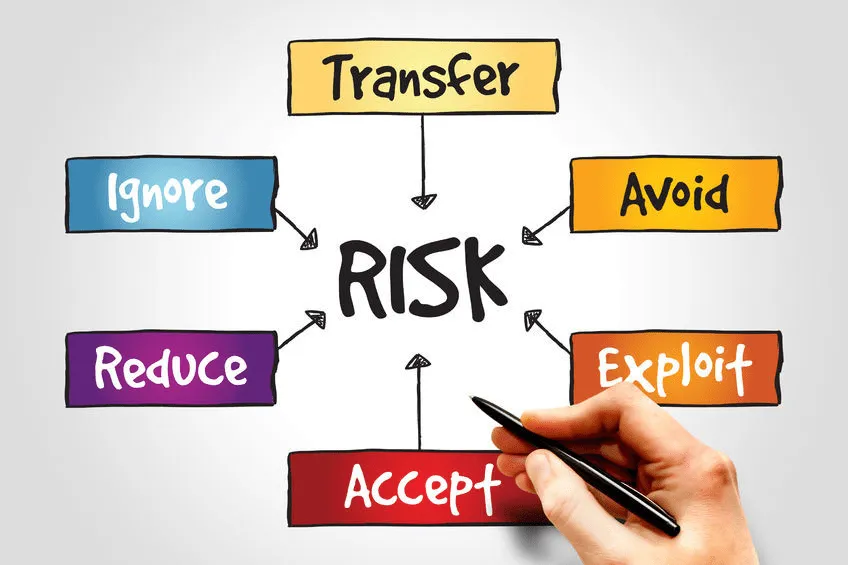Money laundering is a process that criminals use to disguise the origins of their money. By laundering money, they can make it look like it came from legitimate sources. This allows them to spend the money without getting caught by the police. This blog post will discuss ten tips for anti-money laundering practice in 2022. We will talk about the different types of money laundering and how to stop them from operating in your business. Stay safe and stay informed!
Understand the Different Types of Money Laundering
There are many ways to launder money, but here are ten of the most common:
- Smurfing: This involves making lots of small deposits into a bank account to avoid detection. The money might come from illegal activities like drug trafficking or embezzlement.
- Layering: This is when you move money around through different accounts and transactions to make it harder to trace. For example, you might use shell companies in different countries to hide the true owner of the money.
- Trade-based laundering is when you use trade transactions to disguise the movement of dirty money. For example, you might over-invoice goods or services or falsify invoices altogether.
- Structuring: This is when you make lots of small deposits or withdrawals to avoid triggering a reporting requirement. For example, you might deposit $5000 into a bank account but withdraw it in smaller amounts over time.
- Hiding assets: This is when you transfer ownership of assets (like property or investments) to another person or entity to hide them from the authorities. For example, you might put your house in your spouse's name if you know that the authorities are looking for your money.
- Money service businesses: Another money laundering practice where money is laundered by sending it through different accounts and transactions. For example, you might use a money transfer service to send money to different countries or a prepaid debit card to shop online anonymously.
- Casinos: Casinos can be used to launder money by using chips or gambling winnings to buy chips in another casino. For example, you might buy $100 worth of chips with dirty money, cash them out and use the clean money to buy $100 worth of chips in another casino.
- Real estate is when you use real estate transactions to launder money. For example, you might buy a property for more than it's worth or falsify invoices for repairs and renovations.
- Art: This is when you use art transactions to launder money. For example, you might buy a painting for more than it's worth or donate a painting to a museum and claim a false tax deduction.
- P-washing is when criminals use digital currencies like Bitcoin to launder money. For example, they might buy Bitcoin with dirty money and then send it through different wallets to make it harder to trace.
- Cuckoo surfing is when individuals or organizations set up multiple bank accounts in different countries to deposit small amounts of money. This makes it difficult for authorities to track the money and find the ultimate destination.
- Pump and dump: This is a type of fraud where criminals artificially inflate the price of a stock or cryptocurrency, then sell it off at a profit. This can be used to launder money, as the criminals can use the proceeds from the sale to buy other assets or withdraw cash.
- Invoice fraud is when criminals falsify invoices to get paid for goods or services that were never delivered. This can be used to launder money, as the criminal can use the proceeds to buy other assets or withdraw cash.
- Black market peso exchange: This is when criminals use legitimate businesses to launder money. For example, they might buy U.S. dollars with Mexican pesos on the black market, then deposit the dollars into a U.S. bank account and withdraw them in pesos.
- Hawala: This informal money transfer system is often used to launder money. For example, someone might give a Hawala broker dirty money; then the broker would give clean money to the person's contact in another country.
These are just some of the ways that money can be laundered. Let's now look at the tips for anti-money laundering practices in 2022.
10 Tips for Anti-Money Laundering Practices in 2022
1. Adopt a Risk-Based Approach

This means identifying and assessing risks associated with your customers, products, services, and transactions. Once you have identified the risks, you can implement controls to mitigate them. This will help you focus your compliance efforts on areas that pose the greatest risk to your organization.
A risk-based approach will also help you keep up with changes in the money laundering landscape.
2. Implement Customer Due Diligence Measures
This includes verifying customer identity and understanding the customer's business activities. This helps you know your customers and their transactions better, reducing the risk of money laundering.
There are various ways to verify customer identity, so choose the best method for your business. For example, you can use government-issued ID, utility bills, or bank statements.
3. Establish Policies, Procedures, and Controls
Some of the measures you can take include setting up reporting mechanisms for suspicious activity, conducting regular employee training, and having a compliance officer overseeing the anti-money laundering program.
4. Report Suspicious Activity

All businesses must report any suspicions of money laundering to the authorities. This includes recording the details of the suspicious transaction and the customer involved. You can use various channels to report suspicious activity, such as your financial institution, law enforcement agency, or regulator. Suspicious activity can take many forms, so it's important to be vigilant and understand what constitutes money laundering.
5.Implement Risk-Based Procedures and Controls
Businesses must have procedures and controls to deter and detect money laundering activity. In light of new and emerging risks, businesses should review and update their policies and procedures on an ongoing basis. They should also conduct a risk assessment to identify potential money laundering risks associated with their business to be well informed.
By implementing these risk-based procedures and controls, businesses can help prevent money laundering and protect themselves from reputational damage, financial losses, and legal penalties.
6. Cooperate With Regulators and Law Enforcement Agencies
To comply with AML regulations, businesses must cooperate with regulators and law enforcement agencies. This cooperation includes sharing information about suspicious activity, maintaining records of customer transactions, and implementing know-your-customer (KYC) procedures. By working together, businesses and government agencies can help prevent money laundering and other financial crimes.
7. Maintain Accurate Records and Documentation
Maintaining accurate records and documentation is important for any business, but it is especially crucial for businesses subject to Anti-Money Laundering (AML) regulations. AML compliance officers must be able to produce accurate and complete records of all transactions, citing both the customer and the beneficial owner where applicable.
This documentation must be kept for a minimum of five years and made available to regulators upon request. In addition, businesses must maintain accurate records of their customer due diligence procedures. Failing to do so could result in substantial fines or even criminal charges. As a result, businesses must maintain accurate and complete records at all times.
8. Train Your Staff on Anti-Money Laundering Practices
It is so important to train your staff on anti-money laundering practices. Educating your employees about the signs of money laundering can help protect your business from this illegal activity.
In addition, you will also be complying with government regulations that require businesses to have anti-money laundering procedures in place. So not only is it good for your business, but it is also the right thing to do.
9. Use Technology to Help You Identify Suspicious Activity
AML transaction monitoring systems are one technology used to help with this practice. These systems help businesses identify and report suspicious activity related to money laundering. They do this by analyzing customer data and transactions for patterns that may be indicative of money laundering.
This analysis can be done manually, but Anti-Money Laundering Transaction Monitoring systems can automate the process, making it more efficient and effective. In addition to speed and accuracy, these systems can also help businesses meet their legal obligations related to AML compliance. As a result, they are an important tool in the fight against money laundering.
10. Stay Up To Date
One of the best ways to avoid being caught in an AML compliance investigation is to stay up-to-date on the latest changes in regulations. Keep abreast of new guidance from financial regulators, and ensure your compliance policies and procedures are updated accordingly.
Always follow the guidance provided by the government and other bodies and keep an eye on any emerging issues. The AMLP usually contains guidance on what businesses need to do to comply with the requirements of the Anti-Money Laundering Regulations. It also sets out how companies should assess and manage the risks associated with money laundering. By familiarizing yourself with the AMLP, you can ensure that your business takes all the necessary steps to comply with anti-money laundering law.
Conclusion
By following these ten practices, your business can help prevent money laundering and stay compliant with the law. With the right precautions, you can protect your business and your customers.
